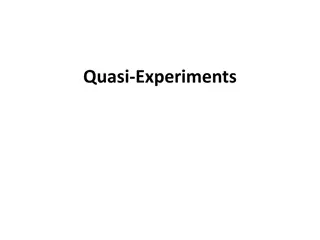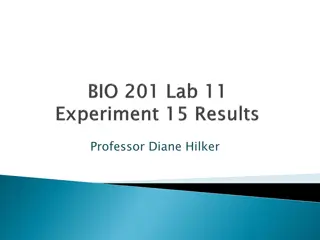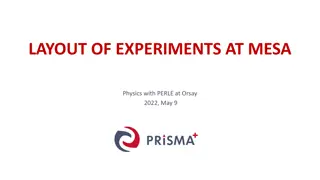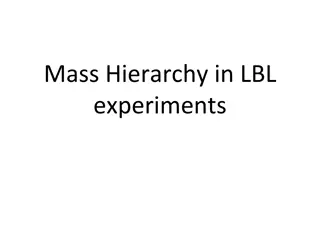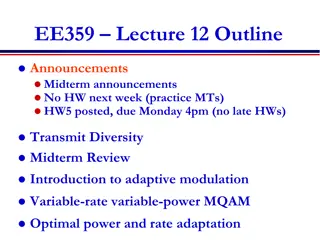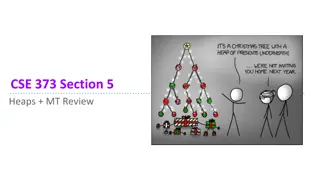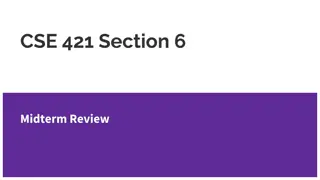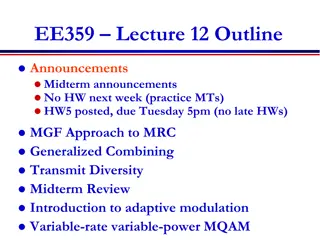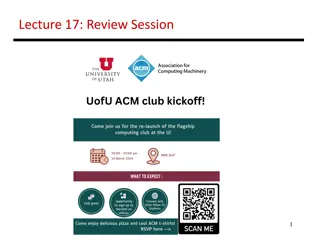
Molecular Biology Techniques and Applications
Explore the process of Polymerase Chain Reaction (PCR), cloning, Sanger sequencing, and Western Blot in molecular biology. Understand the steps involved and the significance of each technique in research and analysis.
Download Presentation

Please find below an Image/Link to download the presentation.
The content on the website is provided AS IS for your information and personal use only. It may not be sold, licensed, or shared on other websites without obtaining consent from the author. If you encounter any issues during the download, it is possible that the publisher has removed the file from their server.
You are allowed to download the files provided on this website for personal or commercial use, subject to the condition that they are used lawfully. All files are the property of their respective owners.
The content on the website is provided AS IS for your information and personal use only. It may not be sold, licensed, or shared on other websites without obtaining consent from the author.
E N D
Presentation Transcript
Midterm Review Feb.06.2015
Polymerase Chain Reaction (PCR) Sample1 Sample2 Markers Band1 ~ 200bp Band2: ~270bp after incorporation of ~70bp sequence Extract the 270bp band for cloning
Polymerase Chain Reaction (PCR) Sample1 Sample2 Markers Band1 ~ 200bp Band2: ~270bp after incorporation of ~70bp sequence Extract the 270bp band for cloning
Sanger Sequencing http://www.daviddarling.info/encyclopedia/D/DNA_sequencing.html
Sanger sequencing result Each colored peak corresponds to a single nucleotide at a specific position within the DNA There is one peak per position
Western Blot The actual bands Band intensity corresponds to the amount of protein Antibody against specific protein (here, PKM2) Tubulin protein level used as a control
Western Blot The actual bands Detection of modified proteins is also possible No difference in ERK protein levels But there is difference between phospho-ERK levels
Fluorescence in situ hybridization (FISH) http://www.semrock.com/fish.aspx -Single or double stranded probes may be used. -Definitely use single stranded probes when targeting RNA. -The probes have to be reverse complementary to the target regions


